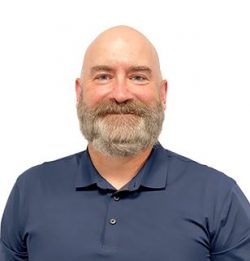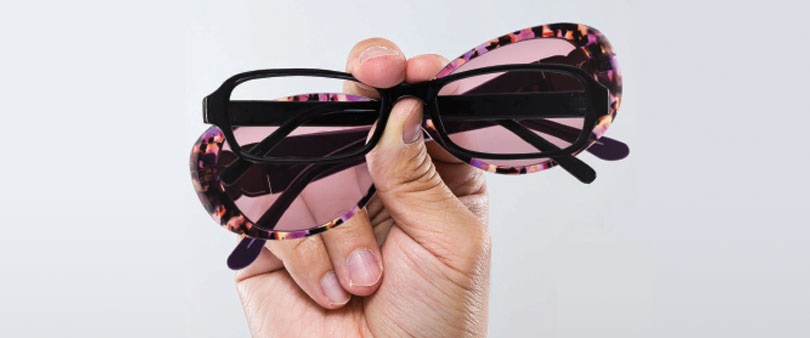Eyes Wide Open Podcast Host, Dr Glen Chiasson explores the field of myopia management, particularly the use of new spectacle lens options from ZEISS that are specifically designed to reduce myopic progression in children.
Glen interviews Dr. Jeff Goodhew, who launched their optometric practice into myopia management four years ago. Along the way, Jeff and business-life partner Dr. Tina Goodhew, learned about the new technologies and evolved their practice protocol to optimize how patients and parents were educated about treatment options for myopia control.
Best Quote:
“We can’t think that glasses are simply a fix for the refractive error, they are a therapeutic option to treat myopia.”
 |
About the GuestDr. Goodhew graduated from the University of Waterloo with his Optometry degree in 1993 and became therapeutically licensed in 2000. He enjoys being an active part of his profession, having served as the President of the Ontario Association of Optometrists from 2014 through 2016. Dr. Goodhew also served as the co-chair of the National Public Education Committee for the Canadian Association of Optometrists. Dr. Goodhew has served as a consultant/speaker for ZEISS, Alcon, Johnson & Johnson Vision Care and Cooper Vision. |
Episode NotesThe Brien Holden Institute predicts that ½ the world’s population will be myopic by the year 2050 and the linkage of severe juvenile-onset myopia to later-in-life serious eye diseases is well-known. Jeff offers tips on integrating myopia management into your practice, and the need for well-defined processes to optimize patient care and define a practice protocol. He discusses ZEISS spectacle lens options for myopia management, and what role these more benign treatment options play in myopia management, including their mechanism of action, which lens option to use for various cases and what results might be expected. Dr. Goodhew stresses the opportunity in myopia control for Optometry and shares an interesting anecdote about an encounter with a Family Physician on the role of Optometry versus Ophthalmology. |
Resources |

Dr. Glen Chiasson
Dr. Glen Chiasson is a 1995 graduate of the University of Waterloo School of Optometry. He owns and manages two practices in Toronto. In 2009, he co-hosted a podcast produced for colleagues in eye care, the “International Optometry Podcast”. He is a moderator of the Canadian Optometry Group, an email forum for Canadian optometrists. As a host of “Eyes Wide Open”, Glenn looks forward to exploring new new technologies and services for eye care professionals.
Dr. Chiasson enjoys tennis, hockey, and reading. He lives in Toronto with his wife and two sons.
Dr. Chiasson splits EWO podcast hosting duties with Roxanne Arnal.













